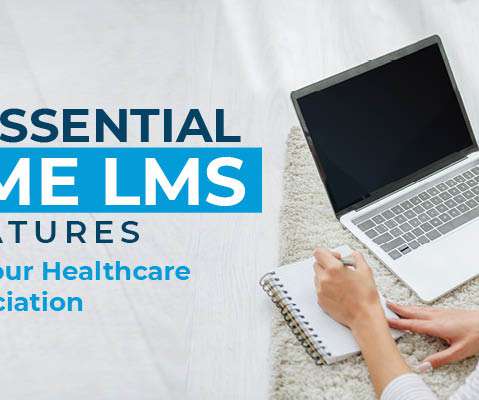Flexible Space: The Secret To Designing Powerful Training
Beth's Blog: How Nonprofits Can Use Social Media
JANUARY 23, 2014
While the primary goal is for students to learn about strategic use of networks and social media for international organizations, I also covered some practical career skills such as effective networking and self-directed professional learning (also called “Social Learning”). Have you facilitated a training in a flexible space?
















Let's personalize your content